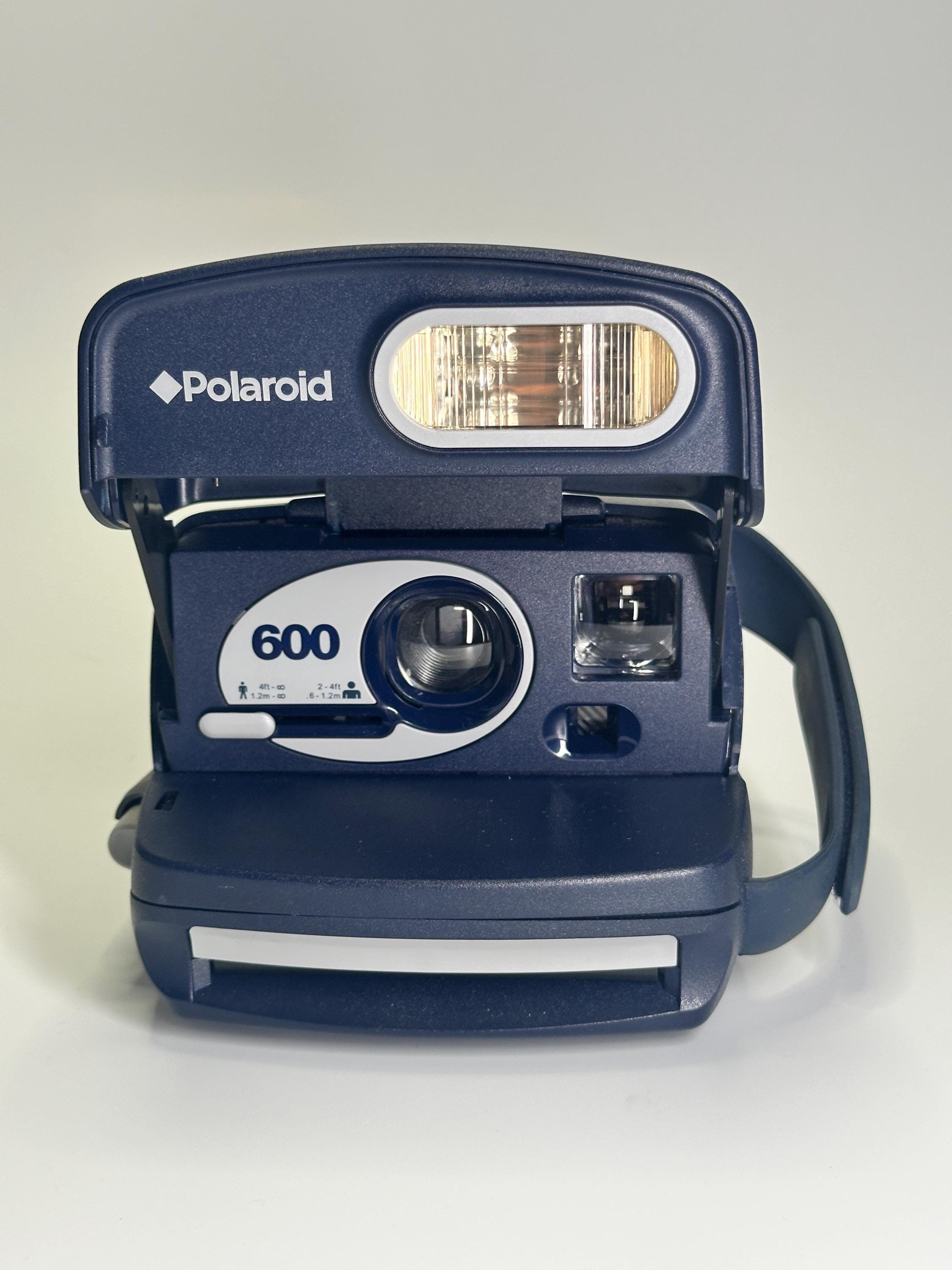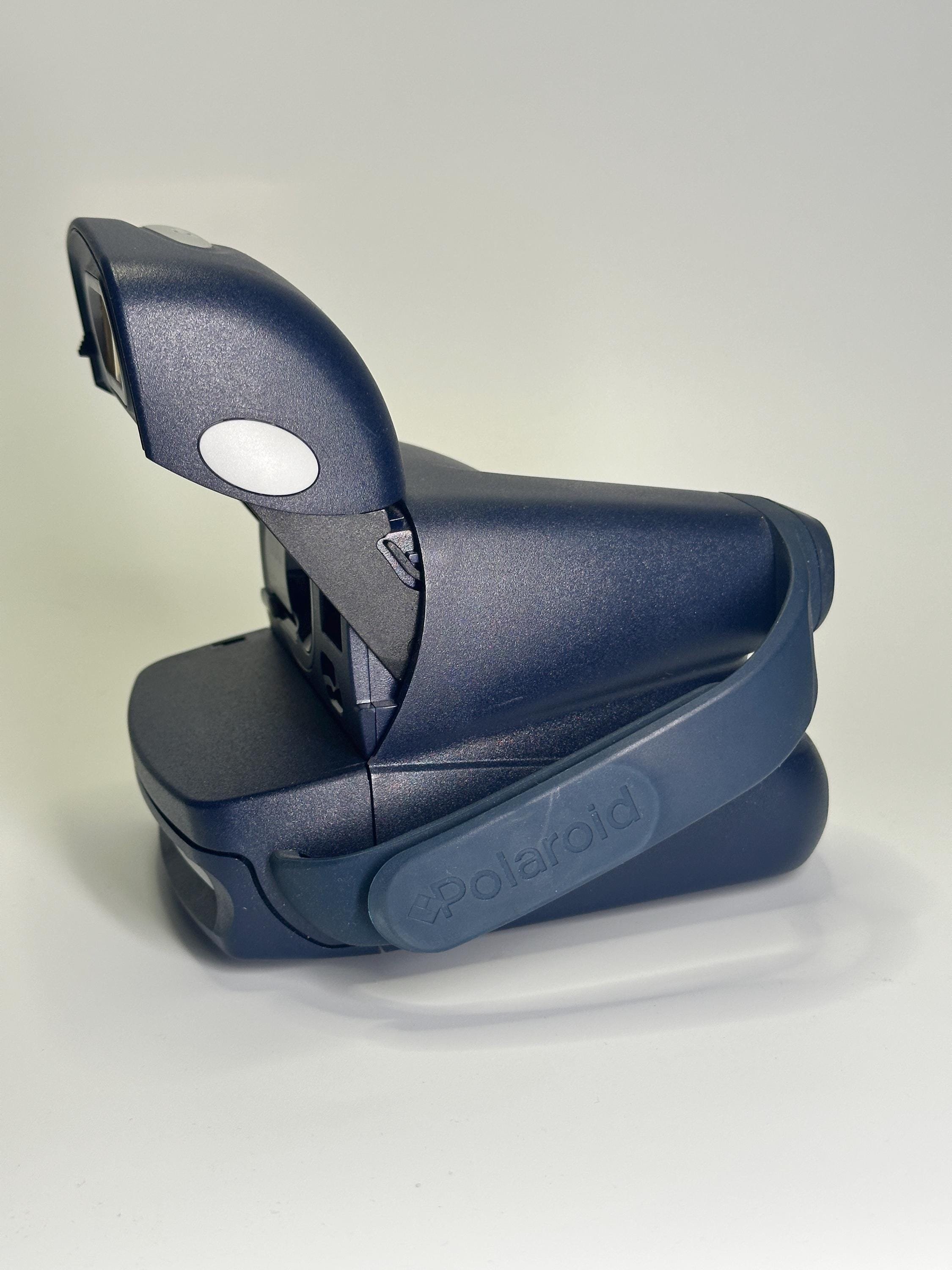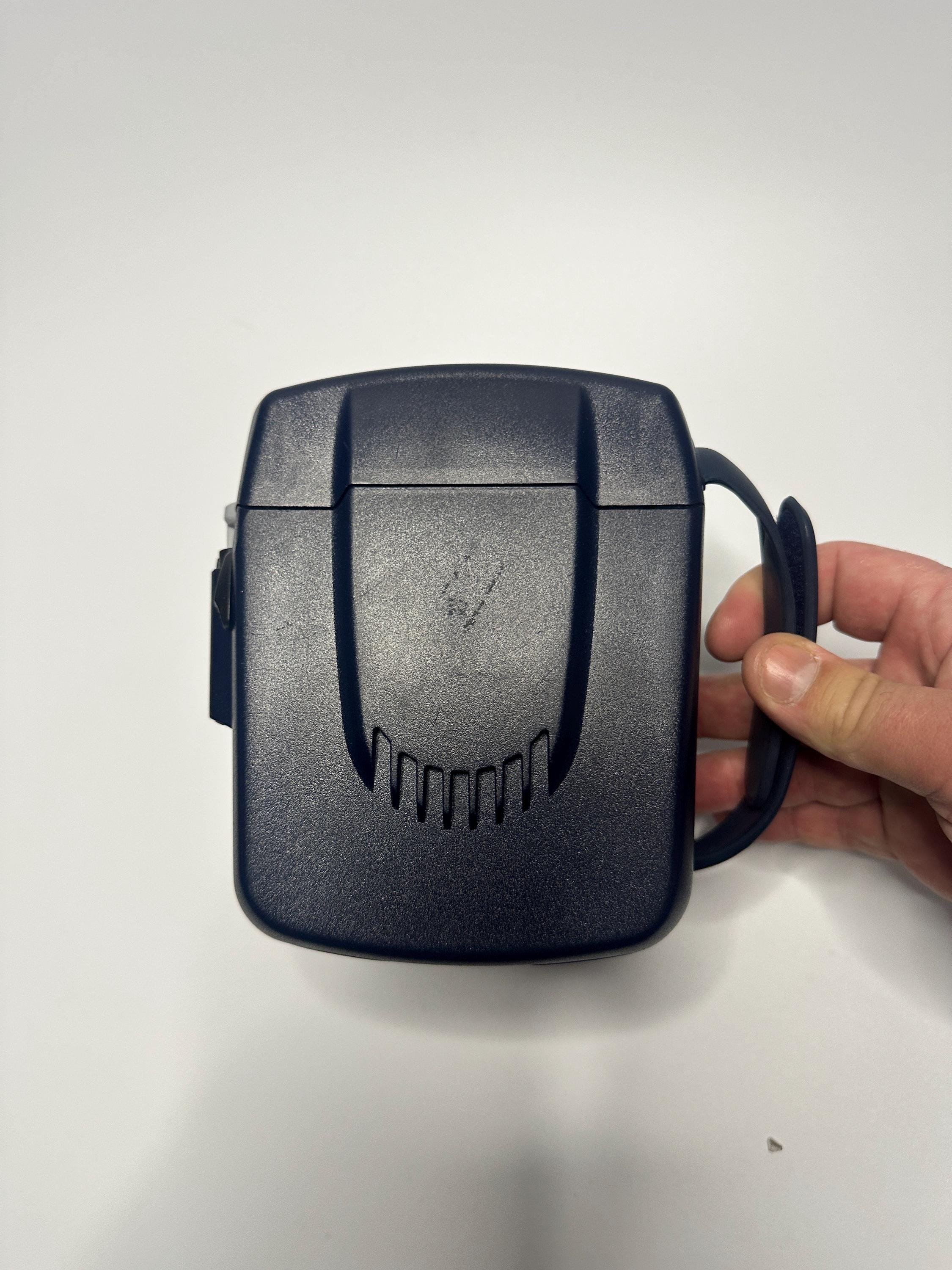 Image 1 of 7
Image 1 of 7

 Image 2 of 7
Image 2 of 7

 Image 3 of 7
Image 3 of 7

 Image 4 of 7
Image 4 of 7

 Image 5 of 7
Image 5 of 7

 Image 6 of 7
Image 6 of 7

 Image 7 of 7
Image 7 of 7








Polaroid 600 Camera Film Tested
$79.95
This Polaroid 600 camera from the early 2000s was a popular instant camera known for its simplicity and iconic design. It was part of the Polaroid 600 series, widely loved for producing instant photos with the characteristic white border. Here’s a breakdown of its features and design:
Design
• Compact and Boxy Build: The camera had a rectangular, slightly bulky shape, designed to be portable and durable.
• Plastic Shell: The body was made of sturdy plastic, often in neutral or bright colors like black, silver, or blue.
• Flip-Up Flash Panel: A distinctive feature was its flip-up front section, which housed the flash and served as the viewfinder when raised.
Features
• Film: Used Polaroid 600 film, producing square-format photos (3.5 x 4.25 inches) with a soft, nostalgic look.
• Built-in Flash: A fixed-focus flash automatically adjusted for lighting conditions.
• Lens: Simple fixed-focus lens, ideal for snapshots and close-range photography.
• Exposure Control: A slider allowed slight adjustment of brightness (lighter or darker).
• Automatic Operation: The camera was easy to use, requiring minimal settings—just point, shoot, and wait for the print to develop.
• Close-Up Lens: Some models included a pop-out close-up lens for tighter shots.
Nostalgia
These cameras became a cultural icon of their time, loved for their instant gratification and the tangible quality of Polaroid photos. Today, they are considered a vintage classic, often collected or used with new film options from companies like Polaroid Originals.
Design
• Compact and Boxy Build: The camera had a rectangular, slightly bulky shape, designed to be portable and durable.
• Plastic Shell: The body was made of sturdy plastic, often in neutral or bright colors like black, silver, or blue.
• Flip-Up Flash Panel: A distinctive feature was its flip-up front section, which housed the flash and served as the viewfinder when raised.
Features
• Film: Used Polaroid 600 film, producing square-format photos (3.5 x 4.25 inches) with a soft, nostalgic look.
• Built-in Flash: A fixed-focus flash automatically adjusted for lighting conditions.
• Lens: Simple fixed-focus lens, ideal for snapshots and close-range photography.
• Exposure Control: A slider allowed slight adjustment of brightness (lighter or darker).
• Automatic Operation: The camera was easy to use, requiring minimal settings—just point, shoot, and wait for the print to develop.
• Close-Up Lens: Some models included a pop-out close-up lens for tighter shots.
Nostalgia
These cameras became a cultural icon of their time, loved for their instant gratification and the tangible quality of Polaroid photos. Today, they are considered a vintage classic, often collected or used with new film options from companies like Polaroid Originals.
Add To Cart
This Polaroid 600 camera from the early 2000s was a popular instant camera known for its simplicity and iconic design. It was part of the Polaroid 600 series, widely loved for producing instant photos with the characteristic white border. Here’s a breakdown of its features and design:
Design
• Compact and Boxy Build: The camera had a rectangular, slightly bulky shape, designed to be portable and durable.
• Plastic Shell: The body was made of sturdy plastic, often in neutral or bright colors like black, silver, or blue.
• Flip-Up Flash Panel: A distinctive feature was its flip-up front section, which housed the flash and served as the viewfinder when raised.
Features
• Film: Used Polaroid 600 film, producing square-format photos (3.5 x 4.25 inches) with a soft, nostalgic look.
• Built-in Flash: A fixed-focus flash automatically adjusted for lighting conditions.
• Lens: Simple fixed-focus lens, ideal for snapshots and close-range photography.
• Exposure Control: A slider allowed slight adjustment of brightness (lighter or darker).
• Automatic Operation: The camera was easy to use, requiring minimal settings—just point, shoot, and wait for the print to develop.
• Close-Up Lens: Some models included a pop-out close-up lens for tighter shots.
Nostalgia
These cameras became a cultural icon of their time, loved for their instant gratification and the tangible quality of Polaroid photos. Today, they are considered a vintage classic, often collected or used with new film options from companies like Polaroid Originals.
Design
• Compact and Boxy Build: The camera had a rectangular, slightly bulky shape, designed to be portable and durable.
• Plastic Shell: The body was made of sturdy plastic, often in neutral or bright colors like black, silver, or blue.
• Flip-Up Flash Panel: A distinctive feature was its flip-up front section, which housed the flash and served as the viewfinder when raised.
Features
• Film: Used Polaroid 600 film, producing square-format photos (3.5 x 4.25 inches) with a soft, nostalgic look.
• Built-in Flash: A fixed-focus flash automatically adjusted for lighting conditions.
• Lens: Simple fixed-focus lens, ideal for snapshots and close-range photography.
• Exposure Control: A slider allowed slight adjustment of brightness (lighter or darker).
• Automatic Operation: The camera was easy to use, requiring minimal settings—just point, shoot, and wait for the print to develop.
• Close-Up Lens: Some models included a pop-out close-up lens for tighter shots.
Nostalgia
These cameras became a cultural icon of their time, loved for their instant gratification and the tangible quality of Polaroid photos. Today, they are considered a vintage classic, often collected or used with new film options from companies like Polaroid Originals.
This Polaroid 600 camera from the early 2000s was a popular instant camera known for its simplicity and iconic design. It was part of the Polaroid 600 series, widely loved for producing instant photos with the characteristic white border. Here’s a breakdown of its features and design:
Design
• Compact and Boxy Build: The camera had a rectangular, slightly bulky shape, designed to be portable and durable.
• Plastic Shell: The body was made of sturdy plastic, often in neutral or bright colors like black, silver, or blue.
• Flip-Up Flash Panel: A distinctive feature was its flip-up front section, which housed the flash and served as the viewfinder when raised.
Features
• Film: Used Polaroid 600 film, producing square-format photos (3.5 x 4.25 inches) with a soft, nostalgic look.
• Built-in Flash: A fixed-focus flash automatically adjusted for lighting conditions.
• Lens: Simple fixed-focus lens, ideal for snapshots and close-range photography.
• Exposure Control: A slider allowed slight adjustment of brightness (lighter or darker).
• Automatic Operation: The camera was easy to use, requiring minimal settings—just point, shoot, and wait for the print to develop.
• Close-Up Lens: Some models included a pop-out close-up lens for tighter shots.
Nostalgia
These cameras became a cultural icon of their time, loved for their instant gratification and the tangible quality of Polaroid photos. Today, they are considered a vintage classic, often collected or used with new film options from companies like Polaroid Originals.
Design
• Compact and Boxy Build: The camera had a rectangular, slightly bulky shape, designed to be portable and durable.
• Plastic Shell: The body was made of sturdy plastic, often in neutral or bright colors like black, silver, or blue.
• Flip-Up Flash Panel: A distinctive feature was its flip-up front section, which housed the flash and served as the viewfinder when raised.
Features
• Film: Used Polaroid 600 film, producing square-format photos (3.5 x 4.25 inches) with a soft, nostalgic look.
• Built-in Flash: A fixed-focus flash automatically adjusted for lighting conditions.
• Lens: Simple fixed-focus lens, ideal for snapshots and close-range photography.
• Exposure Control: A slider allowed slight adjustment of brightness (lighter or darker).
• Automatic Operation: The camera was easy to use, requiring minimal settings—just point, shoot, and wait for the print to develop.
• Close-Up Lens: Some models included a pop-out close-up lens for tighter shots.
Nostalgia
These cameras became a cultural icon of their time, loved for their instant gratification and the tangible quality of Polaroid photos. Today, they are considered a vintage classic, often collected or used with new film options from companies like Polaroid Originals.
